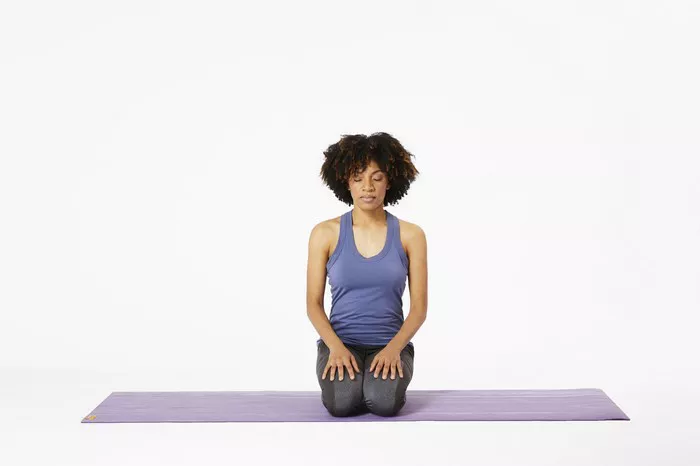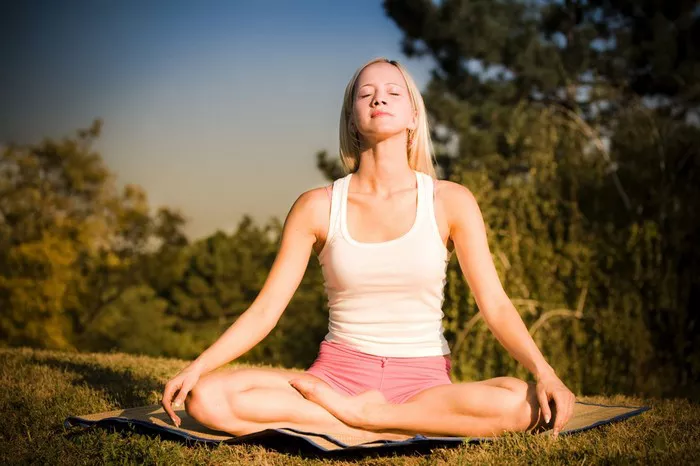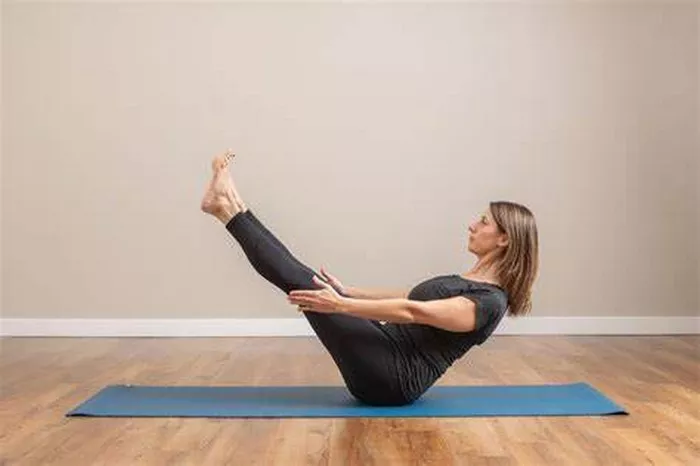Ashtanga Yoga, a dynamic and structured form of yoga, emphasizes the connection between breath, movement, and meditation. Central to this practice is pranayama, or breath control, which is essential for deepening one’s yoga experience. In this comprehensive article, we will explore the intricacies of pranayama within Ashtanga Yoga, discussing its techniques, benefits, and its role in achieving mental clarity and physical vitality. By the end of this exploration, you will understand why pranayama is often referred to as the heart of Ashtanga Yoga.
1. Understanding Ashtanga Yoga
1.1 Origins and Philosophy
Ashtanga Yoga traces its roots to ancient Indian texts and has been popularized in the West by Sri K. Pattabhi Jois. The practice is based on the eight limbs of yoga as outlined in Patanjali’s Yoga Sutras, integrating physical postures (asanas), breath (pranayama), and ethical principles (yamas and niyamas).
1.2 The Eight Limbs of Yoga
Yama (Ethical Disciplines)
Niyama (Personal Observances)
Asana (Posture)
Pranayama (Breath Control)
Pratyahara (Withdrawal of Senses)
Dharana (Concentration)
Dhyana (Meditation)
Samadhi (Union with the Divine)
2. The Role of Pranayama in Ashtanga Yoga
2.1 Definition of Pranayama
Pranayama, derived from the Sanskrit words “prana” (life force) and “ayama” (control), refers to techniques that regulate the breath to enhance physical, mental, and spiritual health.
2.2 Importance of Breath in Yoga
Breath is the bridge between the mind and body, and in Ashtanga Yoga, it serves to:
Synchronize movement and breath.
Enhance focus and mindfulness.
Cultivate energy and vitality.
3. Pranayama Techniques in Ashtanga Yoga
3.1 Ujjayi Pranayama (Victorious Breath)
Ujjayi, characterized by a slight constriction in the throat, creates a sound akin to ocean waves. This technique:
Calms the mind.
Increases endurance.
Warms the body during practice.
3.2 Nadi Shodhana (Alternate Nostril Breathing)
This technique balances the energy channels (nadis) in the body, promoting calmness and clarity. Key aspects include:
Clearing the mind.
Reducing anxiety and stress.
Enhancing concentration.
3.3 Kapalabhati (Skull Shining Breath)
Kapalabhati involves forceful exhalations and passive inhalations, which:
Energize the mind.
Stimulate the digestive system.
Enhance lung capacity.
3.4 Bhastrika (Bellows Breath)
Bhastrika consists of rapid, forceful breaths that:
Increase energy levels.
Revitalize the body.
Prepare practitioners for meditation.
3.5 Sitali and Sitkari (Cooling Breaths)
These techniques involve inhaling through the mouth to cool the body and calm the mind, beneficial in hot climates or after intense practice.
See also: Kriya Yoga Pranayama: Unlocking Inner Peace and Vitality
4. The Benefits of Pranayama in Ashtanga Yoga
4.1 Physical Benefits
Improved Lung Capacity: Regular practice enhances respiratory efficiency.
Increased Energy Levels: Breath control invigorates the body, combating fatigue.
Better Circulation: Promotes blood flow, improving overall health.
4.2 Mental Benefits
Enhanced Focus and Concentration: Breath awareness improves mental clarity.
Stress Reduction: Pranayama techniques help manage anxiety and stress levels.
Emotional Balance: Regulating breath can lead to a more stable emotional state.
4.3 Spiritual Benefits
Deeper Meditation: Pranayama prepares the mind for meditation, enhancing spiritual practice.
Connection with the Self: Breath control fosters a deeper connection with one’s inner self and the universe.
Transcendence: Regular practice can lead to experiences of transcendence and enlightenment.
5. Integrating Pranayama into Your Ashtanga Practice
5.1 Timing and Sequence
Incorporate pranayama at various stages:
Before Asana Practice: To prepare the body and mind.
During Asana Practice: To enhance focus and breath awareness.
After Asana Practice: To cool down and transition into meditation.
5.2 Mindful Breathing Techniques
Focus on the following during practice:
Breath Awareness: Tune into the rhythm of your breath.
Synchronizing Breath and Movement: Flow with your breath in each pose.
Creating a Breath-Centric Routine: Prioritize breath in your daily practice.
5.3 Common Challenges and Solutions
Difficulty in Breath Control: Start with simpler techniques and gradually progress.
Distracted Mind: Use mantra or visualization to anchor your focus.
Physical Discomfort: Adjust postures to accommodate your body and breath.
6. Advanced Pranayama Techniques
6.1 Bandhas (Energy Locks)
Learn to incorporate bandhas with pranayama to control energy flow and enhance practice:
Mula Bandha (Root Lock)
Uddiyana Bandha (Abdominal Lock)
Jalandhara Bandha (Chin Lock)
6.2 Meditation and Pranayama Integration
Explore the intersection of pranayama and meditation, focusing on techniques that deepen both practices.
7. Personal Experiences and Testimonials
7.1 Student Journeys
Share stories of practitioners who have transformed their practice through pranayama, highlighting individual benefits and insights.
7.2 Teacher Perspectives
Gather insights from experienced Ashtanga teachers on the importance of pranayama and its integration into the practice.
8. Conclusion
Pranayama is an essential element of Ashtanga Yoga, offering a pathway to physical vitality, mental clarity, and spiritual connection. By understanding and incorporating these breath control techniques, practitioners can deepen their yoga journey, experiencing profound transformations in body and mind. Whether you are new to Ashtanga or a seasoned practitioner, embracing pranayama can enhance your practice and overall well-being.
This outline provides a detailed structure for an article on Ashtanga Yoga and pranayama. If you would like to expand on specific sections or need further details, just let me know!
Related topics:
Unleashing the Power Within: A Full Guide to Kundalini





















